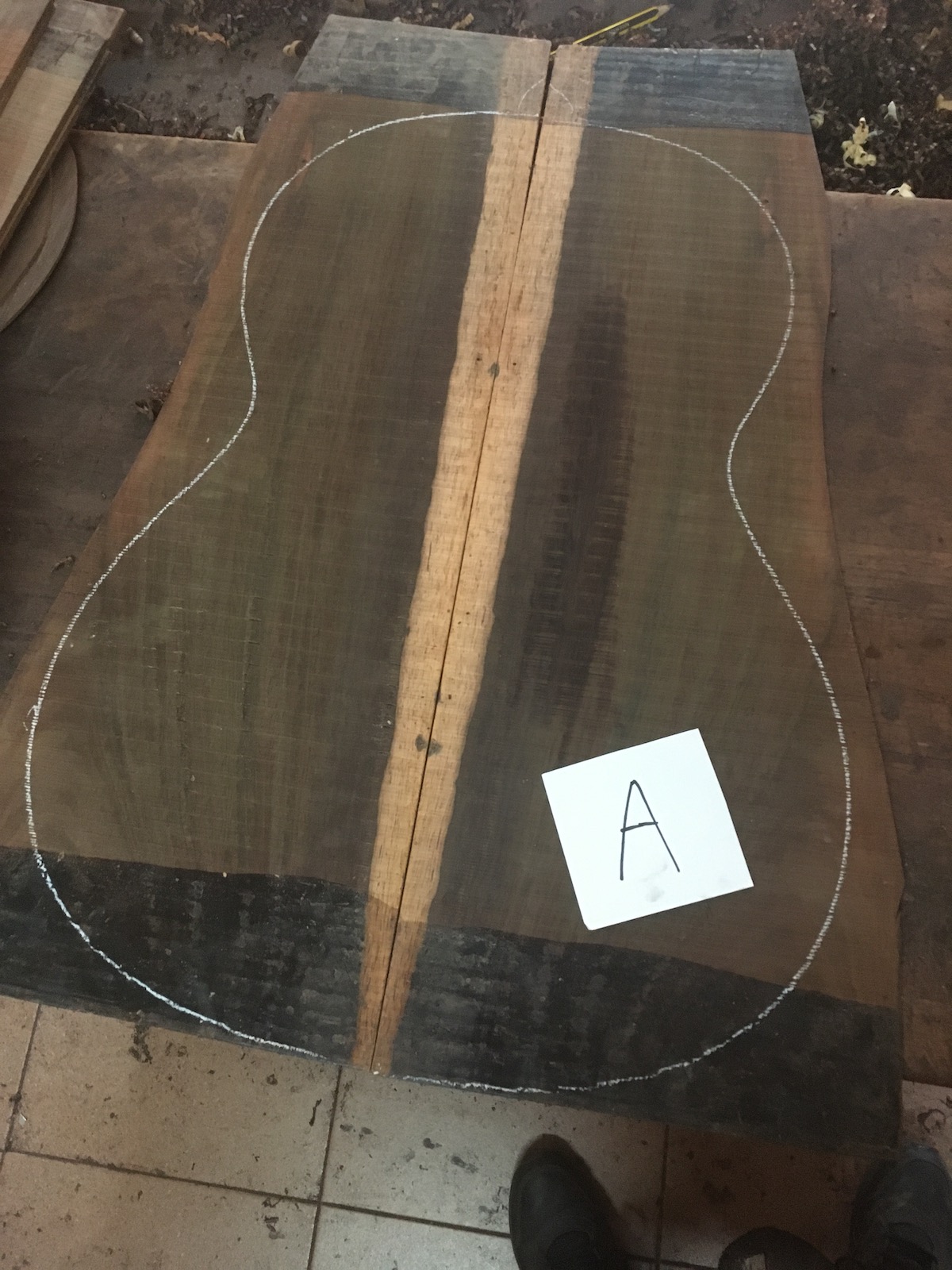I sometimes like a bit of colour on my guitars instead of the almost white. I have never had much luck trying to colour the wood before the french polishing but I think that would be a good way to go. I heard of the different German traditions doing that with earth colours mixed with hide glue (I think). Another option is using dark-coloured shellac but somehow it tends towards blotchiness and I never seem to get what I want. The effect I am looking for, especially with my historic copies is that beautiful golden colour that comes to a guitar after 20 years left out of its case. What I have tried recently is a set of UV lights facing the guitar. These are tubes which are designed for tanning salons so I have an enclosure for them. With just 24 hours of exposure before polishing you get a noticeable tan on spruce or maple which of course darkens as you wet it with the shellac. This is by far my favourite way to colour the tops if I want to do that. I especially like this method for the following reasons:
- The colour is very uniform
- It is just the tone I am looking for
- You can opt for a darker shellac if you wish and any blotches don’t show because of the darker base
- The colour is in the wood so when sanding back you don’t have to worry about losing colour
- Easy-peasy

The photo is from when I was testing the setup. I sacrificed a narrow top and put only one part inside the box. I left it there for longer than 24 hours but I don’t remember exactly how long – double or triple that. Above you see the wood as it comes out of the box. Even using the lightest shellac you get a darker tone than what you see here.





